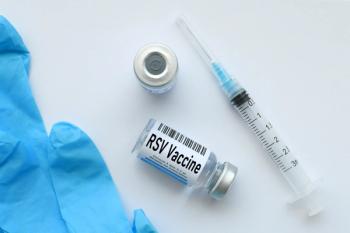
Generic Drugs May Steer Market Towards Abuse-Deterrent Opioids
FDA said increasing access to generic abuse-deterrent opioids could fight the opioid epidemic.
Officials with the FDA have released a guidance on the development of generic abuse-deterrent opioids. The final guidance is part of the agency’s effort to reduce abuse by decreasing unnecessary exposure to opioids.
In an FDA statement, Scott Gottlieb, MD, FDA Commissioner, noted that increasing generic access is key to transitioning from the current market dominated by conventional opioids to abuse-deterrent formulations.
“We must have the potential to improve access to the newer formulations, for appropriately selected and monitored patients, through the introduction of generic competitors,” Dr. Gottlieb said in the statement.
The released guidance is intended to assist the industry in their development of generic versions of approved opioids with abuse-deterrent formulations (ADFs). The guidance aims to assist developers by clarifying the agency’s expectations prior to application submission to reduce time to approval. As part of the guidance, the FDA provides new recommendations about the type of studies companies should conduct to demonstrate that the generic drug is no less abuse-deterrent than its brand-name counterpart.
According to the statement, FDA officials have already approved 10 opioids with ADFs to date. Dr. Gottlieb noted that improved access to generic versions of these products could increase uptake by reducing barriers of cost.
In addition, the FDA is taking steps to expedite the process of getting ADFs to market by developing improved testing methodologies for evaluating complex features such as abuse deterrence for both brand name and generic opioid drug products. Other efforts include the development of new tools for speeding up generic development of complex products
According to Dr. Gottlieb, the intention of the new guidance is to decrease addiction rates and prevent unnecessary use of opioids. “This is an effort designed to encourage the shift — only when opioids are clinically appropriate – from existing, easily abused products to those that are harder to manipulate.”
Newsletter
Stay informed on drug updates, treatment guidelines, and pharmacy practice trends—subscribe to Pharmacy Times for weekly clinical insights.








































































































































































































